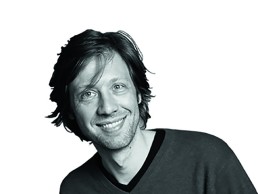
Rogier van der Heide
Why did you move from Philips to Zumtobel?
When I joined Philips it was an interesting moment in time because of the shift in lighting technology and the decisions that meant for a huge business like them. I had a great time but I wanted to work with a 100% lighting company. There are other lighting companies of course but Zumtobel has always been involved in application working closely with architects and lighting designers. I’m a lighting designer so this appealed to me. I’ve known the Zumtobel family for quite a while and we have had discussions in the past but there was always something getting in the way. Now was the right time.
What is your role at the Zumtobel Group?
My role (Head of Design and Marketing) is a very influential one, heading a small group of passionate people to drive the company forward. We are in a process of transformation. Based from what I saw at Light + Building we have some catching up to do. Ulrich Schumacher came on board as CEO just over a year ago and it’s his goal to make Zumtobel healthy and fit for a future that is faster. There will be an interaction between my creative vision and what we structure in our programmes to develop a cohesive portfolio of innovative products. The focus on LED by most of the lighting industry has been energy savings. Most of the big companies haven’t thought about what we can do with LED that we weren’t able to do before if we combine it with other technologies. That is starting to happen now and I want to be at the centre of that.
Do you have any specific goals for the Zumtobel Group brands?
I want to create an ecosystem rather than treat the three main brands (Zumtobel, Thorn and Tridonic) as separate entities. The approach to the market of the three brands has always been very different but by working closer together we have an ideal opportunity to give the market what it wants by simplifying the whole process. We are working on ideas but it would be great if every Thorn product had really intelligent, connected light for example. Why not? It doesn’t have to be just the really high end brands that have this. Why can’t Zumtobel have beautiful, aesthetic exterior products? There are no reasons why. I can’t tell you it will definitely happen but it’s a wish of mine.
Will you continue to work with architects and designers to develop products?
Yes, we will but we will also work with new talent, both from architecture and other disciplines, to come up with a new road map of ideas. It’s easy to hire a famous architect to design a product, pay a fee and then it gets specified on a few of their projects. But it’s not enough. We need to build relationships in which the continuous exchange of ideas gets established. For that you need to show your passion. Many large lighting companies fail to make real choices. They try to cover everything, they have huge complex catalogues but it’s too much for architects who have to think about every element of the building. Of course we still need catalogues but we should be talking with architects and others to create real lighting solutions, to make catalogues more relevant.
Will the policy of supporting lighting designers on projects continue?
Yes, we will always support lighting designers on projects where they are involved. But of course in some markets there are no lighting designers and in this case we can offer a service that includes lighting design. This doesn’t compromise lighting designers. On the contrary, everything we do at a high level grows the market for all. Lighting designers benefit the more great lighting design is out there. The reaction from lighting designers when the news came out that I was joining Zumtobel has been very positive. There’s a lot of love out there for Zumtobel!
Why is Zumtobel opening a Lichtforum in Amsterdam?
Unlike previous Lichtforums, it will be a centre for experimentation. The great architects and designers from the past like Frank Lloyd Wright, Charles and Ray Eames were not scared to experiment with materials to create and I think we need to be like this with light. We have to create lighting solutions with experts from other disciplines like the arts, science, healthcare or behavioural psychology or even app developers to drive a programme of innovation. I want to make smart lighting that is more holistically connected than just the driver and the lamp. I want to connect to the rest of the world. I have no idea how to do that yet but I want to find a way.
Why specifically Amsterdam?
It’s nothing to do with the fact that I live here! The language and travel connection advantages are obvious but Amsterdam is so creative in design, architecture and technology, with a lot of great talent. Many great architects are based in the Netherlands like Mecanoo, MVRDV, UNStudio, OMA etc. Hi-tech companies like Cisco, Google, Microsoft and IBM have their European headquarters here. They are all now looking at lighting and I am very interested in working with them. They don’t care about the mechanics of manufacturing lamps but they can bring some fresh ideas to the debate. Everyone at Zumtobel cares passionately about lighting and we can bring our expertise to the table.
You had some time between leaving Philips and joining Zumtobel. What did you get up to?
I was busy! I went back to my roots and did some small lighting design projects. I also had more time to dedicate to this year’s Amsterdam Light Festival (I’m the founder) which was very rewarding. And I am involved in a documentary film about light based on a theatre production of Prometheus: The Poem of Fire by Alexander Scriabin that I’m working on. Scriabin composed the piece about light in 1910 when electric light had just been invented. There have been several productions of it when lighting has been involved but this will have a modern, fully immersive lighting interpretation. It will be shown here in Amsterdam in December this year for the International Year of Light.



